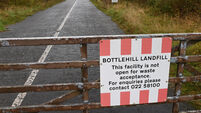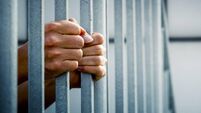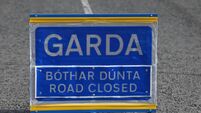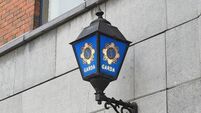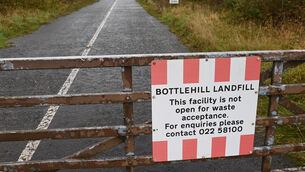Three-bed semi in Cork now costs €408,000 amid nationwide surge in house prices
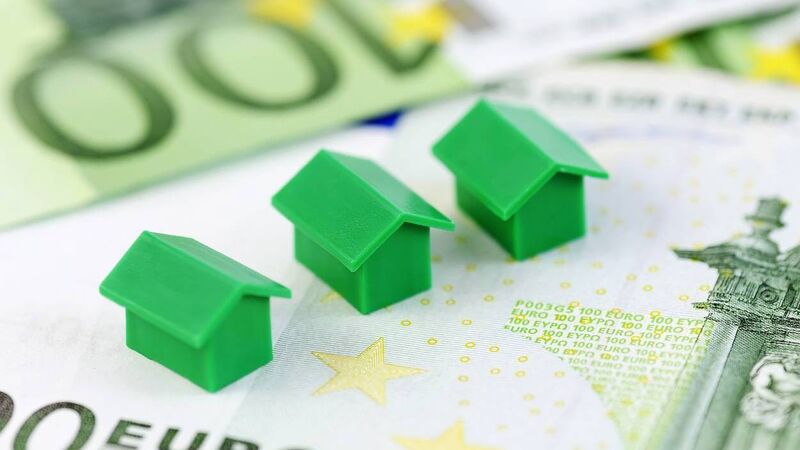
Ronan Lyons, a professor of economics in Trinity College Dublin, said: 'There are some indications in this latest report that new homes are sustaining activity levels in the market.' Picture: iStock
The average cost of a three-bedroom house in Cork City has risen past the €400,000 mark for the first time, as prices approach peak Celtic Tiger levels throughout the country.
Prices for homes across the country are, on average, 5.9% higher than last year, some 39% above pre-covid pandemic levels, and only 10% below the peak during the Celtic Tiger, according to data from the latest Daft.ie house price report.
The latest figures show that the average price of a three-bed semi-detached home in the third quarter in Ireland is just over €421,261.
In Cork City, it is €408,000 — up 7.4% when compared to this time last year, and the first time that the €400,000 price barrier has been broken in the city. In Cork county, a three-bed semi-detached house costs an average of €327,000.
Meanwhile, a one-bedroom apartment would cost on average €256,000 in Cork City — an increase of nearly 10% year-on-year.
Across Munster, transaction prices across the six counties now stand at 64% above their pre-covid levels and 123% higher than a decade ago. The average price of a three-bed semi-detached property in Munster in the third quarter is €297,996.
In Dublin, the average price of a three-bedroom semi-detached house in the third quarter of 2025 was €557,000, up 4% on a year ago. Second-hand home availability is relatively stagnant, the data shows.
On September 1, there was a total of 11,925 second-hand homes for sale nationwide — a marginal increase on the same date in 2024. However, availability is less than half what it was for the 2015-19 average.
Ronan Lyons, a professor of economics in Trinity College Dublin, said: "There are some indications in this latest report that new homes are sustaining activity levels in the market, even though construction is still low compared to underlying need.
“More construction — and a healthier second-hand segment — are the key ingredients needed if the story of the Irish housing market over the years to come is to be a happier one."
More worryingly for potential homeowners, the typical property sold in the third quarter of the year went for 7% more than its initial listed price.
This month, the Central Bank of Ireland slashed housing completion estimates for 2026 and 2027. Completions are forecast to stand at 32,500 for this year, 36,000 in 2026, and 40,000 in 2027.
In its last economic bulletin in June, the Central Bank had projected 37,500 for 2026 and 41,500 for 2027.



